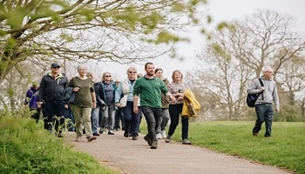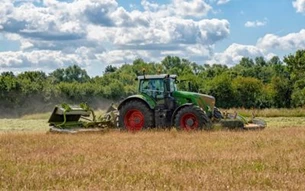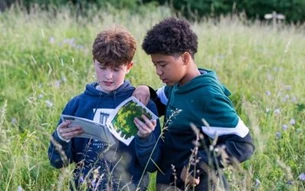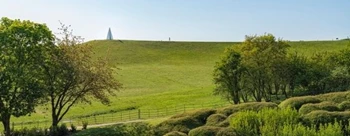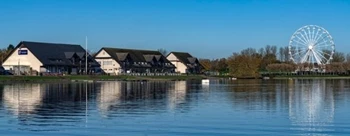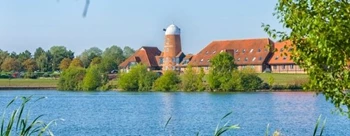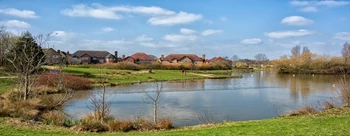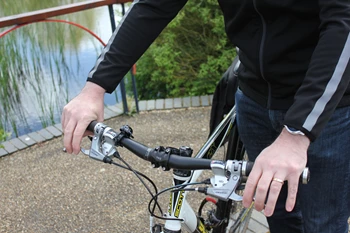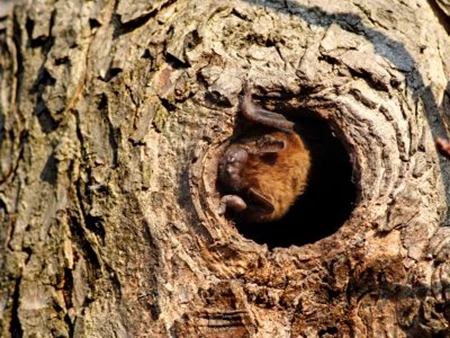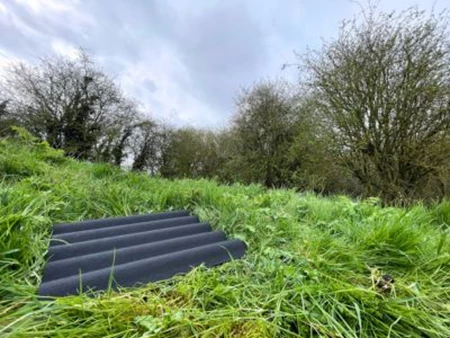Geocaching
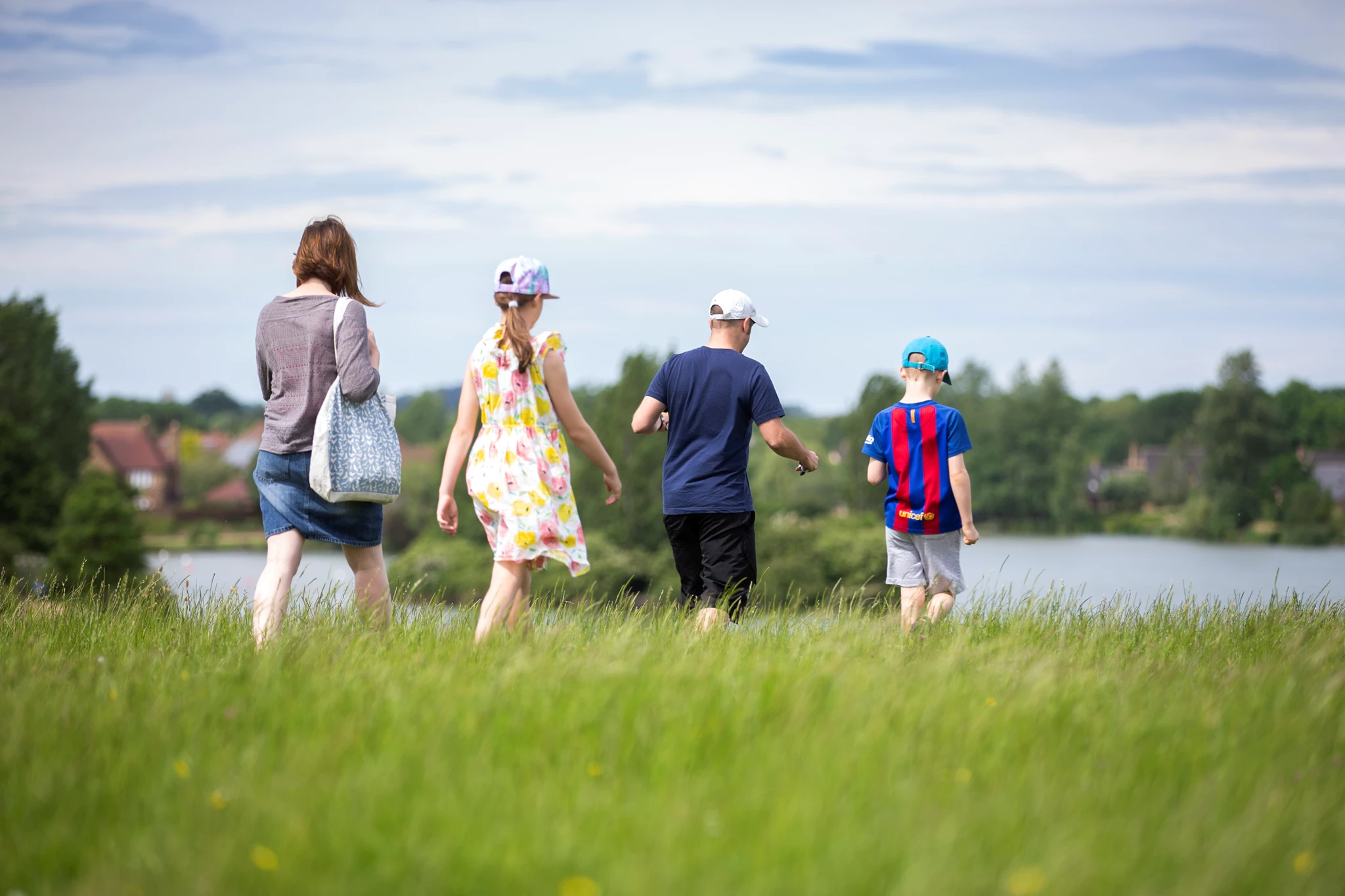
What is Geocaching?
Within recent years geocaching has become a popular outdoor pursuit. It involves using an app on a smartphone or a GPS device to find ‘geocaches’. Geocaching it is an outdoor treasure hunting game using the device to follow a specific set of GPS coordinates and then attempt to find the geocache (container) hidden at a set location.
For anyone new to geocaching there is lots of advice on geocaching.com on how to get started.
According to official site there are over 5,000 geocaches in Milton Keynes and many can be found in our parks.
Hiding a cache
Anyone wanting to hide a geocache must follow the below guidelines from the Geocaching Association of Great Britain (GAGB).
The following guidelines have been developed to ensure that geocaching can take place in the parks in Milton Keynes without affecting other recreational activities, landscape management and the ecological value of them.
Restrictions
Due to environmental sensitivity, geocaching is not permitted in either
• Stanton Wood at the junction of the H4 and V7 in the North of the city
• Howe Park Wood, a SSSI at the junction between H7 and V2 in the south west of the city
• Linford Quarry, a regionally important geological site in Linford Manor Park in the north east of the city.
• On any island in lakes within the parks.
Please seek clarification if you are unsure about siting your cache.
Guidelines
• Ensure the cache container is clearly marked, stating that the contents are harmless and giving the placer's e-mail address or other contact information.
• Only items that would be deemed safe for an unaccompanied child to find should be placed in the cache.
• No cache should be placed in such a way as to cause damage or disturbance to any Site of Special Scientific Interest (SSSI) or any Scheduled Ancient Monument (SAM).
• No cache should be placed in locations where seekers could be in danger including sites where water would have to be crossed to access the cache.
• Placers MUST seek additional permission from landowners to place caches on Council land, private land or on public rights of way.
• No items of food or drink of any kind should be placed in the cache.
• Caches must not be buried, and holes must not be dug in order to place a cache.
• Caches must not be placed in animal holes or runs.
• Cache containers must not be placed inside polythene bags.
• No caches should be of a commercial nature - either in location or content.
• The Parks Trust must be informed after placing caches in parks to ensure that the management of the park is not compromised, and the cache is not compromised by management works.
Email approximate location to info@theparkstrust.com
• Maintenance of the cache is the responsibility of the placer.
• The Trust accepts no responsibility for caches which have been stolen or damaged.
• For reasons of safety and security, the Parks Trust discourage geocaching on its land during hours of darkness.
• Parking is only allowed in approved car parking sites.
• When leaving a cache site, after finding or hiding a cache, there must be no visible sign of disturbance.
• No lighters, matches or flammable objects should be placed in the cache.
These guidelines can also be seen on Geocaching Association of Great Britain website.

